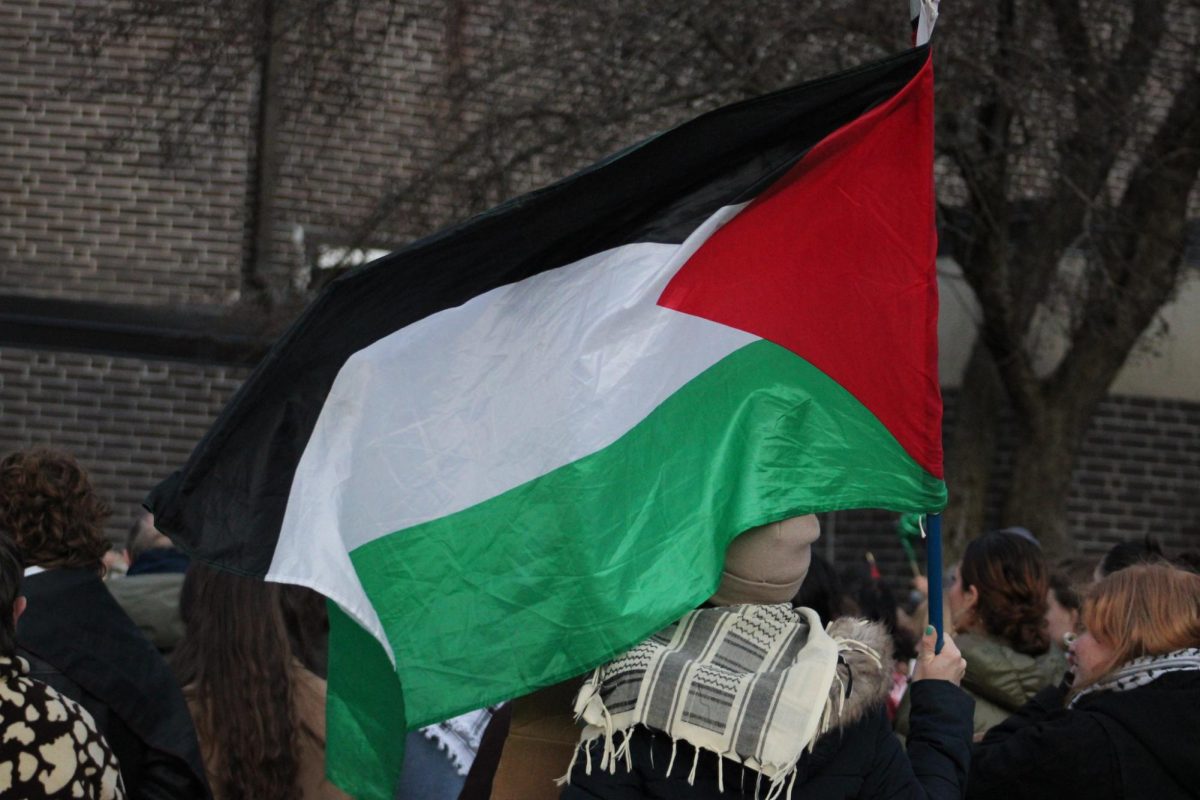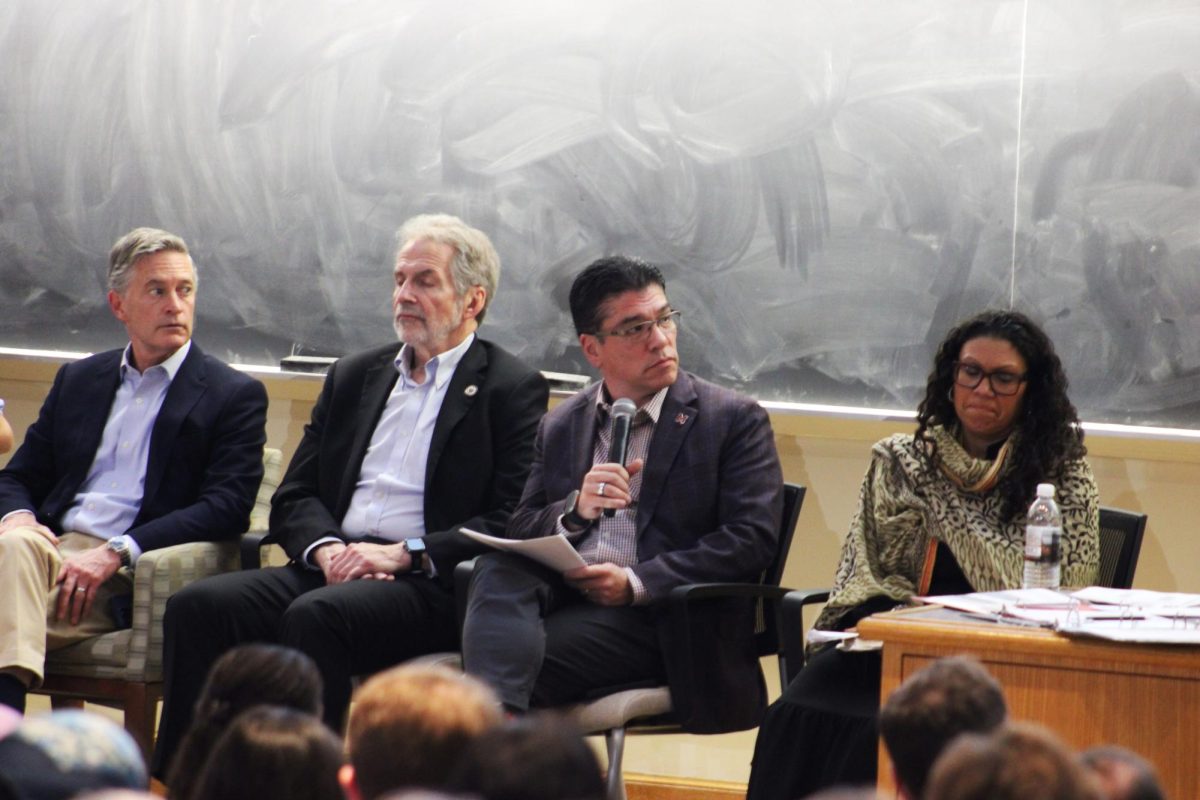
In 1950, the Tibetan People’s Liberation Army attacked across the line separating parts of the Tibetan Plateau under the jurisdiction of the Dalai Lama’s government and the Tibetan territories that were under Chinese control as provinces or parts of provinces. The 1913 Declaration of Tibet’s Independence by the 13th Dalai Lama suggests Tibet’s de facto independent status at the time. Under what we can now safely categorize as an invasion, the People’s Republic of China set into motion the gradual suppression and assimilation of Tibetans. Growing unrest and conflict between the two parties eventually paved the way for the Tibetan uprising of 1959.
Over the course of several months, there was a gradual influx of Tibetans seeking refuge from Chinese repression into Lhasa (the Tibetan capital) from different towns and villages. On March 10, 1959, thousands of Tibetans flooded the streets of the Tibetan capital and gathered around the Dalai Lama’s summer palace.
The congregation voiced its desire to protect the Dalai Lama, the spiritual leader, and also demanded for the immediate evacuation of Chinese troops from Tibet. As the protests intensified and it appeared that the crowd could not be controlled, the Chinese troops resorted to violent means. This escalated into a full‐blown uprising of the Tibetan people, which in the end was brutally squashed by Chinese military power. Soon, it was deemed no longer safe for the Dalai Lama to remain in Tibet, which led to his escape to India on horseback under the protection of Tibetan resistance fighters.
With each passing year, conditions inside Tibet have worsened and countless protests have been met with brutal suppression. Since 2009, 151 Tibetans have lit themselves on fire in protest against the torture, imprisonment, killings and cultural genocide in Tibet.
Among the self‐immolators were two young Tibetans Kalsang Wangdu and Dorjee Tsering who set themselves ablaze just this past month on Feb. 29th. To Tibetans around the world, March 10 serves as a reminder of the constant struggle for the preservation of Tibetan dignity and justice, and to protest for Tibetan independence with renewed vigor each year.
On this day, Tibetan communities all over the world take part in protest rallies which aim to bring attention to the Tibetan Freedom movement and the gross violation of human rights that continues to pervade through occupied Tibet today. Students for a Free Tibet is an international organization that aims to keep this tradition alive and strive for the eventual freedom of the Tibetan nation through its various chapters in educational institutions all over the world.
This year on March 10, the University of Massachusetts chapter of SFT will be organizing a protest vigil outside the University’s Student Union from 2 to 3:30 p.m. and volunteers from the Tibetan community of Western Massachusetts will also be holding a day‐long (10 a.m. to 5 p.m.) hunger strike at the center of Northampton.
Amherst and Northampton have both proclaimed March 10 as “Tibet Day” and will each raise the Tibetan National flag in solidarity with the people of Tibet who continue to stand strong even in the face of overwhelming odds.
Namkha Norsang ,
Secretary of the UMass Society for a Free Tibet

















